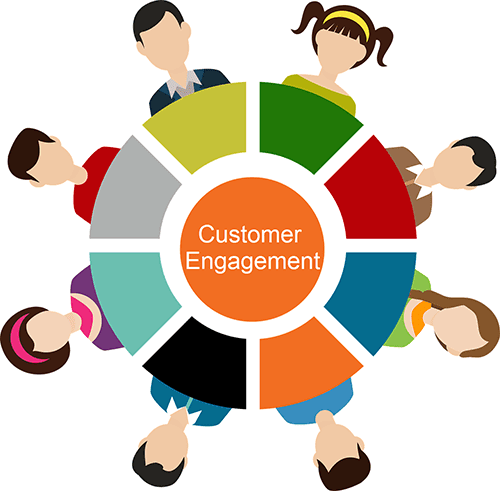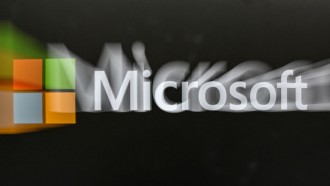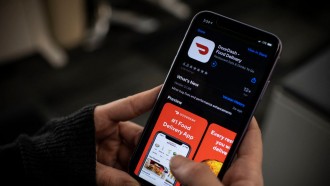
Are you the owner or manager of a restaurant that has been closed during the lockdown? And, as the world is tiptoeing out of the lockdown as a desperate attempt to prevent a second wave of the COVID-19 pandemic from occurring, have you pivoted your seated dining room model into a drive-through service, as per government regulations?
If so, the questions that beg are:
-
How are you going to inform your target audience that you are once again open for business?
-
What is your unique value proposition that will attract new customers and drive sales and organizational growth?
By way of answering these questions, let's consider the following discussion.
The world that we live in: Navigating the New Normal
The world that we live in has irrevocably changed. The COVID-19 pandemic has swept through the world, resulting in over 5.4 million infected people and 344 514 fatalities.
Unfortunately, researchers, scientists, and medical professionals do not know a lot about the virus's behavior. What is known is that one of the only ways to control the virus's spread is through social distancing or social isolation.
Thus, a major percentage of the world's population is under some form of lockdown or stay-at-home order. All non-essential businesses, including restaurants, bars, coffee shops, and pubs, have been closed, and those eateries that only have seated areas will probably have to stay closed for the foreseeable future.
Restaurants, coffee shops, and other eateries that can offer takeaway, or drive-through collections can start reopening.
The new value proposition that drives customer engagement
As far as digital marketing is concerned, we are living in the Engagement Economy. The digital transformation driven both by the Fourth Industrial Revolution and the COVID-19 pandemic has changed the way companies do business.
Steve Lucas in his article titled "Welcome to Marketing in the Engagement Economy," notes that "today's... consumer is more informed, [savvier] and more particular about the brands they choose than ever before." And, the modern consumer "craves brands that share their values and demonstrate that they understand me at a personal level."
Therefore, it is essential, as a brand, to find out what the consumer wants so that the brand can demonstrate that it understands its target audience.
How do restaurants achieve this?
Simply stated, they utilize the Quick Service Restaurant (QSR) model and methodology.
This tool is designed to improve the engagement and service levels between the customer and the restaurant. When utilized properly, it ensures operational efficiencies as well as the speed of service to the customer.
Let's look at a case study to further explain this concept.
For the purpose of this content, let's assume you own a small sit-down eatery and coffee shop that offers breakfasts, lunches, and a limited dinner service. You have pivoted your business model and changed your physical environment to cater for takeout deliveries and drive-through collections.
How can you use the QSR model to provide your customers with a superior-quality service?
Some of the measures you can implement are adding outdoor digital menu boards that are interactive with a touchscreen display. These digital menu boards also provide nutritional information as well as attractive photos of every meal on offer.
Customers can then decide what they want to order before they engage with a staff member to place their order. In some instances, you can offer customers the opportunity to use the touchscreen display to guide them through placing their order; therefore, reducing the time it takes to place the order, deliver the meal, and complete the payment.
The next advantage of the QSR methodology is the ability to utilize the Internet of Things (IoT) to make meal suggestions to regular clients. For this process to be successful, customers must sign up for a loyalty program so that a record of their purchases is kept. Based on this historical data, the restaurant can send special offers that are designed to attract a particular cohort of customers. A restaurant's clientele will have different likes, dislikes, and preferences. And, it is essential to cater to these individual preferences.
For example, if a customer orders a hamburger and chips but tells you to leave the tomato off the burger, you can attract the client to purchase from your eatery again by offering him a hamburger without the tomato. Thus, you are informing the client that you care about his personal likes and dislikes.
Final thoughts
The end of this story is that you would have gained this customer for life with a simple act of removing the tomato from his burger before he asks you to do so. Finally, he will inform his social circle about how you care about him and what good customer service your brand offers. And, this is how to grow your business and retain customers in the post-COVID-19 era.
* This is a contributed article and this content does not necessarily represent the views of techtimes.com





